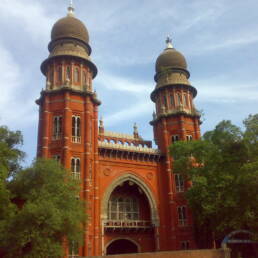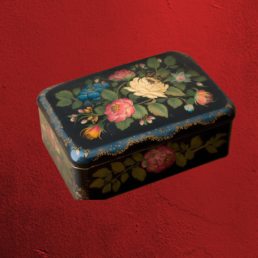The humble crunchy Papad had been a silent observer to an astonishingly powerful tale of partition, migration and a new hope for survival.
You could fall deeply in love with Papad, but not in the same way that a Sindhi would. For Sindhis in India, Papad is an indispensable love affair. In every Sindhi household, greeting a guest with Papad and water is a necessary ritual. It has a remarkable history.
The Sindhi Hindus of India trace their root to the provinces of Sindh and Balochistan in modern-day Pakistan. After the partition of British India, a large majority of Hindu Sindhis arrived in India. The ancient terrains of Sindh had a significant impact on their diet and lifestyle.
Because of its distinctive topography—mountains, a desert, and the sea surrounding Sindh—parts of the region have endured high temperatures. The dry, hot climate of Sindh was ideal for papad-making.
The papad gradually became a staple food due to its ability to replenish bodily salts and hydrate the body in an arid climate. In their courtyards, Sindhi women and children were often seen working together rolling the dough made of urad dal, black pepper and cumin seeds.
Hindus from Sindh made up around one-fourth of the population before the misery of partition began. But they dominated the economy, thanks to their exceptional trading and business skills. Then the partition changed everything.
They were forced to leave their land, assets, and belongings overnight and move to India. The Sindhis embarked on a perilous voyage to an uncertain place where the people, the language, and the culture were all different. However, they excelled at one skill: surviving.
The refugees were taunted for their Pakistani ancestry, nasal tones, and for being unclean and unhygienic. They were prevented from expressing allegiance to their cultural heritage. The Sindhis had little choice but to blend in with the new culture.
They were subjected to several slurs like “Papad-Khau” because of their love for papad, their staple savoury. Yet, during the post-partition days, the same papad became the source of survival for many families in refugee colonies.
A large number of entrepreneurial women who had suddenly lost all their fortune, began making Papad and pickles and selling them to fellow well-established Sindhis. They turned their culinary culture into a mode of survival.
In the refugee colonies, the hardworking Papad-selling mothers became a common sight. They were often seen carrying a bag of papad, and a weighing scale, tagging their children along in the scorching heat. They were out on the street to secure their children’s future.
Following the partition, thousands of Sindhi refugees constructed homes in the abandoned military barracks in Ulhasnagar and Kalyan in Maharashtra, and these two towns have since developed into a colossal Sindhi papad industry, from a modest door-to-door enterprise.
“Karte ho yaad Azadi ko yaar saal dar saal,
’47 ki kaali raat bhi yaad karke to dekho!
Khoon, balaatkaar, Vichho khud ba khud
nazar aa jayenge,
Kisi Sindhi ki aankh me zara jhaank ke to dekho!”
– Ravi Prakash Tekchandani, Vibhajan Ke Khandar
Every bite of a papad today is intertwined with the suffering of Sindhi refugees, which serves as a reminder of their humility and struggle for survival. Before you crack your next joke on Sindhis and Papad, take a moment to reflect on this incredible piece of history.
Source: Partition: Sindh’s Sorrow/Prof Ravi Prakash Tekchandani and Dr Neelam Mittal/Organiser.org, Memories and Postmemories of the Partition of India/Anjali Gera Roy, Wikimedia, The Burden of Refugee: The Sindhi Hindus of Gujarat/Rita Kothari




